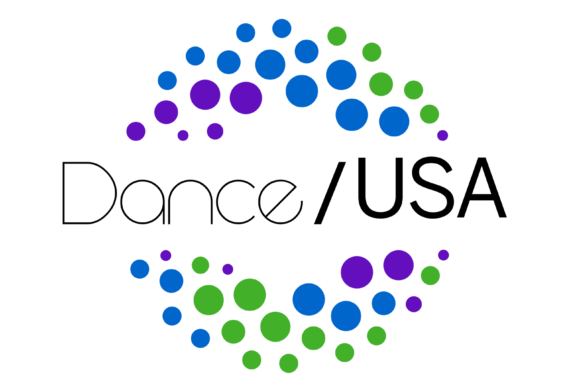On Facebook and the Constancy of Change
If you manage a Facebook page, fewer of your fans are
seeing your posts. To be fair, there was never a time when 100 percent
of your fans saw each and every post. But recent changes make it more likely that you’ll get fewer views. Here are three free steps to take before resorting to promoted posts. Read on.
Two Shoes, Same Foot: Vernacular Dance & Concert Dance
Does concert dance happen in a concert hall? Master Juba or William Henry Lane performed in
theaters and halls across the United States in the mid-19th century. Does “concert dance” imply
some level of professional commitment or success? Lane, a black percussive dancer, toured
internationally, receiving top billing over his all-white
minstrel troupe. Does “concert dance”
suggest some level of peer review or development of craft? Percussive dancer Emily Oleson ponders these issues and others. Read on.
Two Shoes, Same Foot: Vernacular Dance & Concert Dance, Part 2
As a teenager I was reluctant to openly study hip-hop dance although I
loved the music, like much of my generation, because I had a vague fear I
might be “stealing” it. It took a lot of pain and discomfort from many
areas of my dance training to realize that no matter what my focus was
going to be, racism was an element of so many stories in American dance
history that it could not be avoided – and that ignoring it would not
make it go away. It might make it worse.
Employee Relations Basics: Lessons Learned in Dance/USA’s Institute for Leadership Training
It sounds simple on paper: When it comes to employee relations, the most
important thing to remember is that you’re dealing with, well, human
beings. Simple, right? But, as Paul Jan Zdunek, CEO of the Pasadena
Symphony Association, delineated in a one-hour webinar last month to
mentees in Dance/USA’s Institute for Leadership Training (DILT), dealing
with human beings means dealing with human emotions.
After Sandy the Show Must Go On
It’s been a week since Hurricane Sandy left its mark on many dance companies and
theaters in the New York and New Jersey area. We hear accounts of lost rehearsal time, cancelled shows, destroyed offices, lives altered. While
the New Jersey and New York areas bore the brunt of the storm, we in the dance field will be experiencing the after-effects of this natural disaster for months and years to come. What have we learned from other events, like Hurricanes Katrina and Gustav?
Disaster Relief Information
With extraordinarily wide-spread destruction in the aftermath of
Hurricane Sandy, grantmakers across the country will be looking to help
with the cleanup and rebuilding. Here are some resources to remember
Instagram 101: How Dance Companies and Organizations Can Harness It
With Facebook, Twitter, Google+, and Pinterest, today there are so so many social networking options, why add one more to your over-flowing to-do list? Renowned dance photographer Christopher Duggan explains why Instagram can be a fun marketing tool and offers up some tips, too.
The Body Politic: Learning from the ‘Dance’ of Our Public Officials
As we observe this year’s crop of candidates vying for leadership roles,
we look for the details but also for the overarching dance each one is
performing. Even in solo roles — for example a politician’s stump
speeches or debate performances — they are part of a larger choreography
that includes others and, of course, a relationship to the audience.
Braving the Economic Reality: Five Effective Nonprofit Practices
Particularly during economically challenging times, it is of utmost
importance that senior management and board leaders have strategic
clarity. This consists of a sound and shared understanding of mission,
vision, and values superimposed with insights into the intended impacts
that their organization is meant to have in serving their community.



After Sandy: Post-Disaster Community Engagement
Silver linings can be hard to find, they are unpredictable, and maybe
they are not in the place you are looking. When disaster occurs,
understanding what it means to be community engaged is one of the most
positive opportunities an arts organization can realize in a
community-wide crisis.